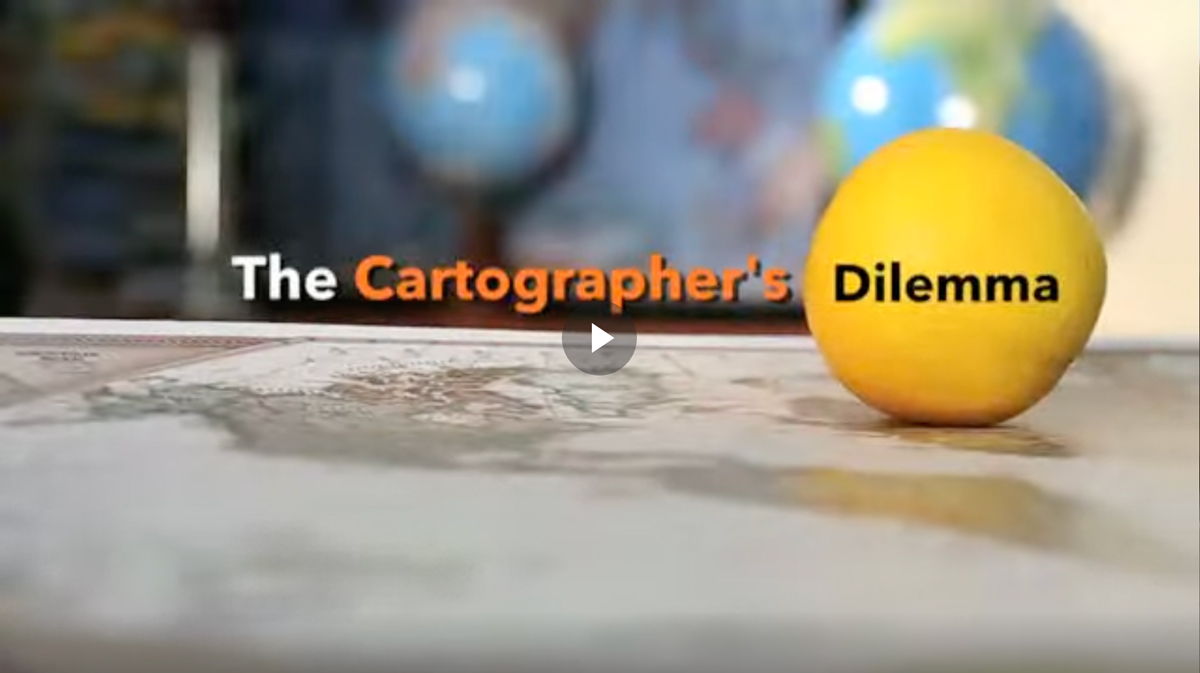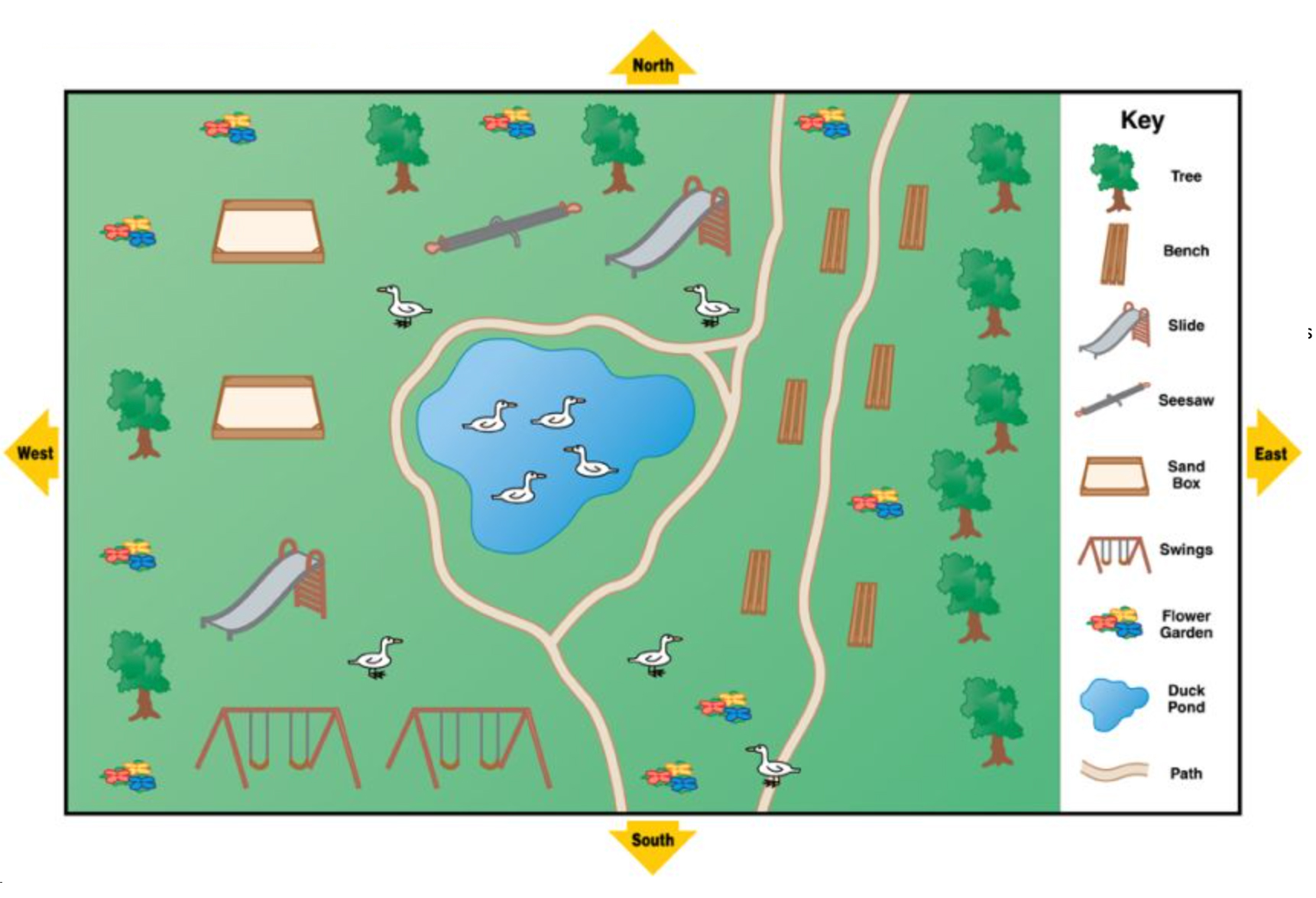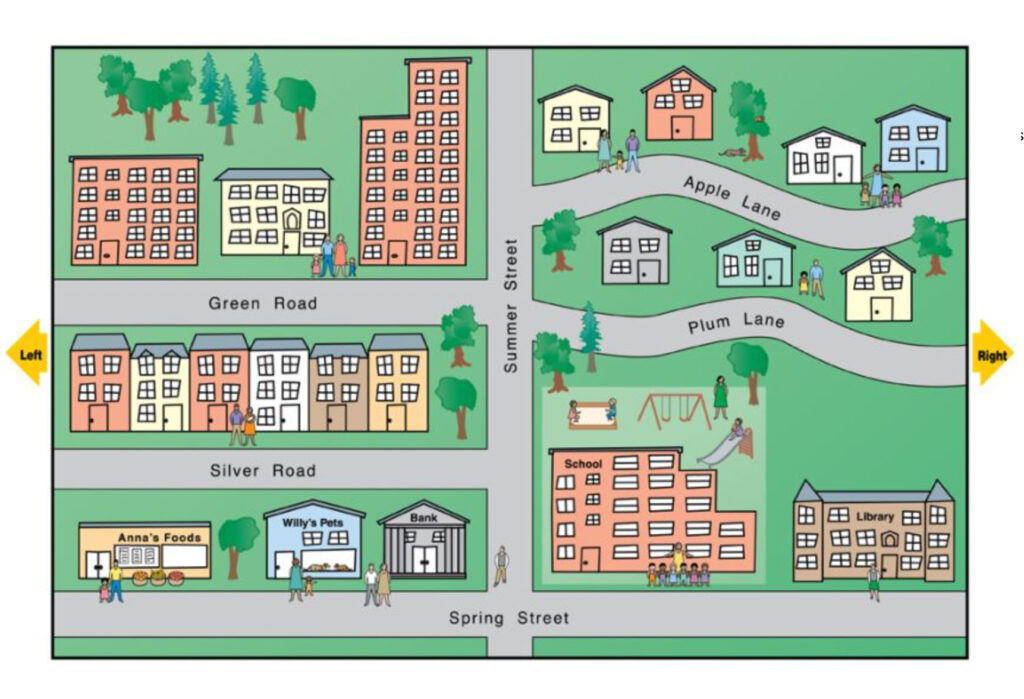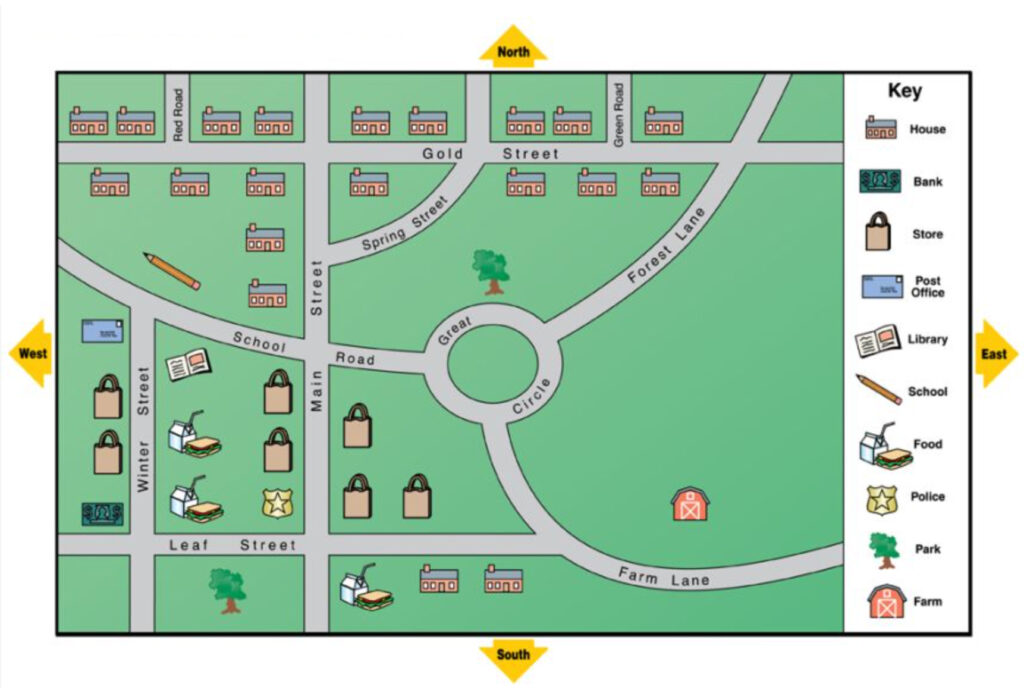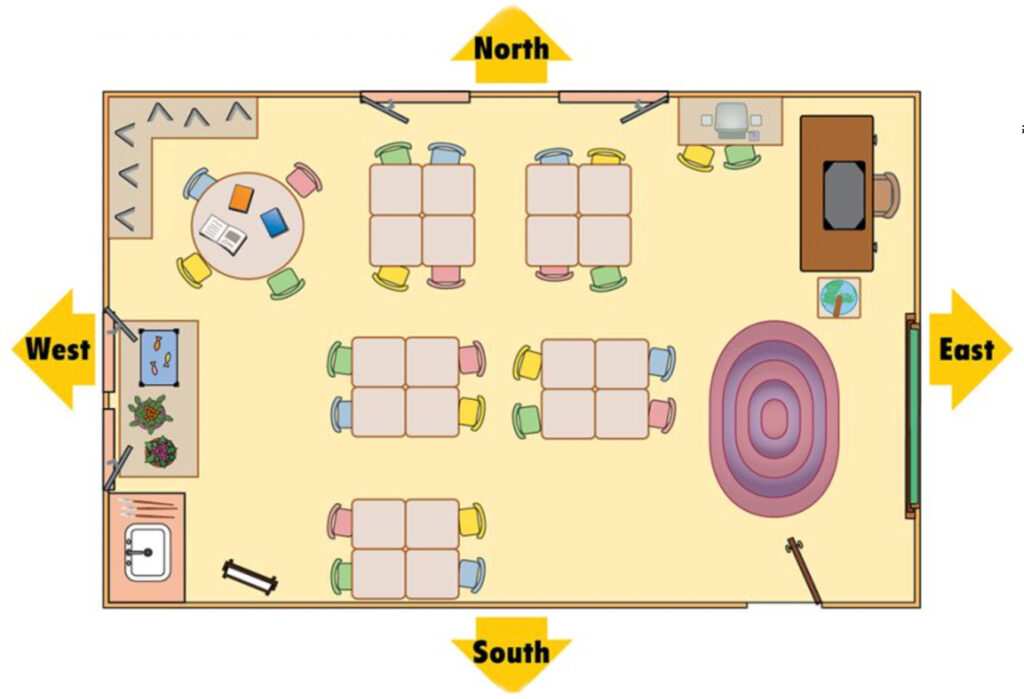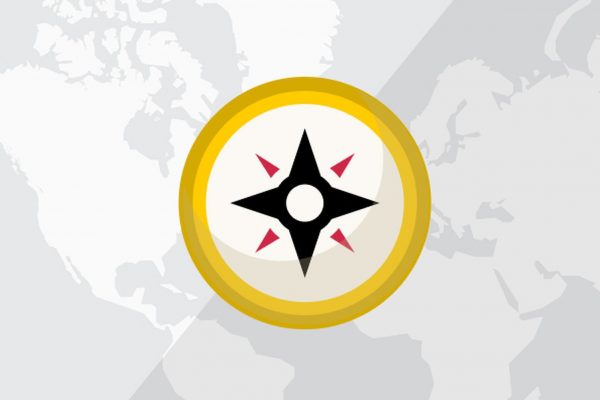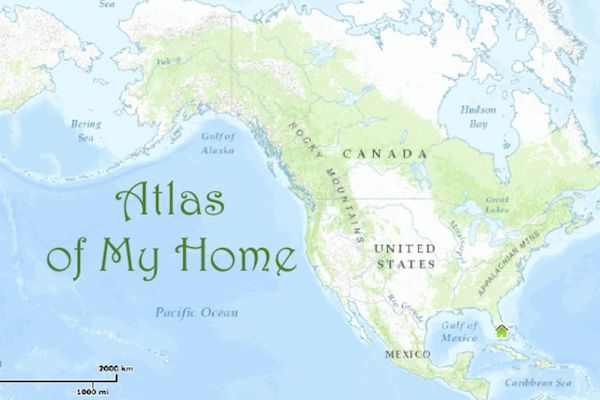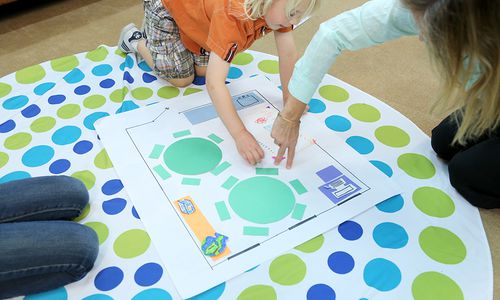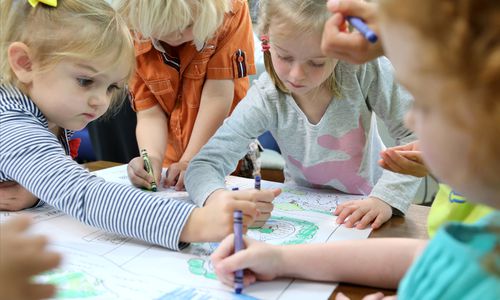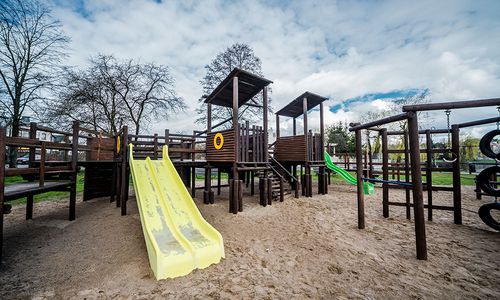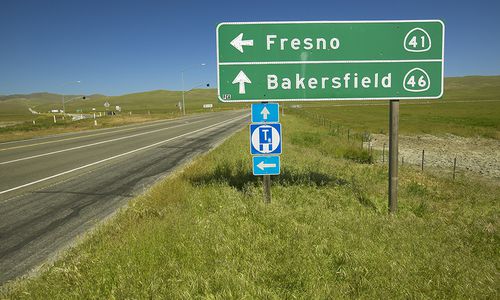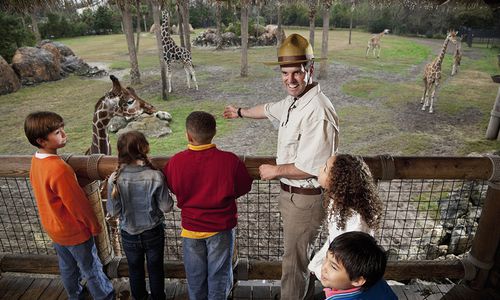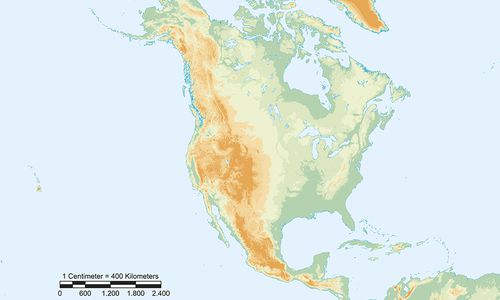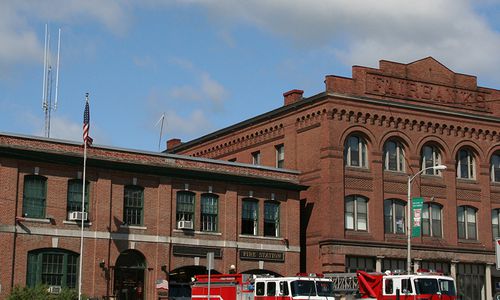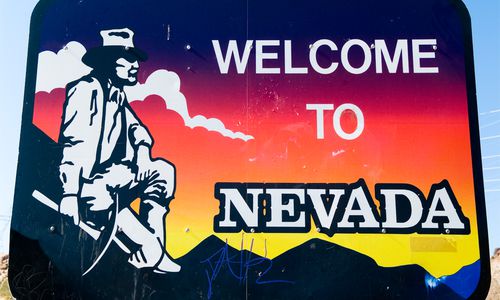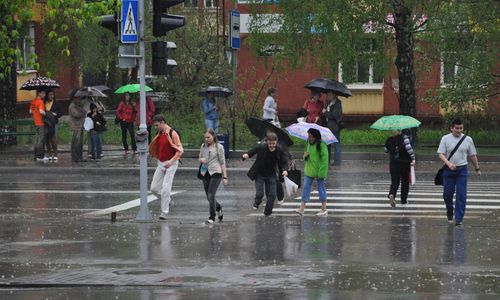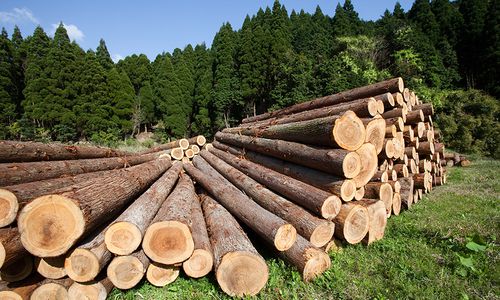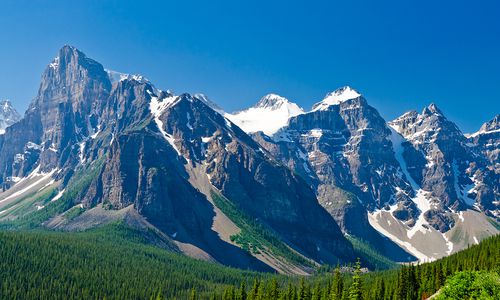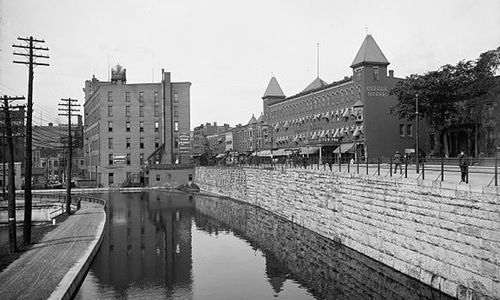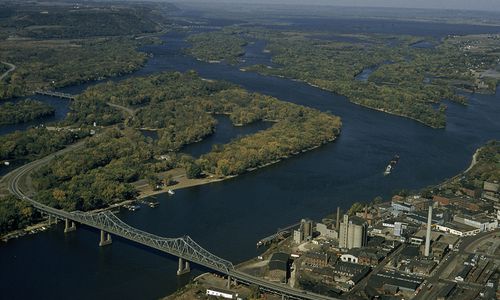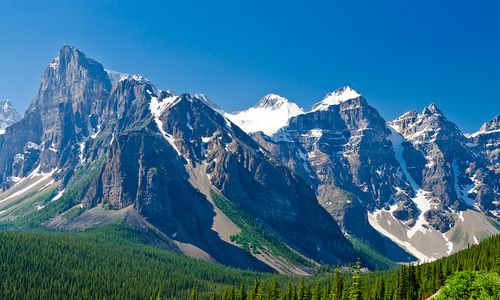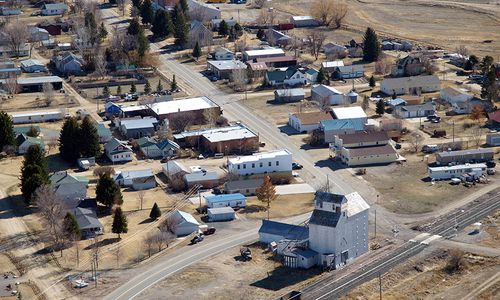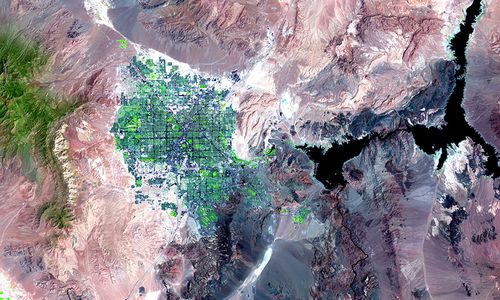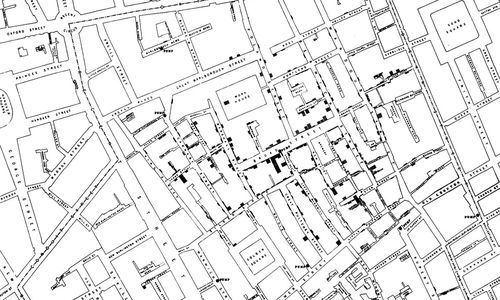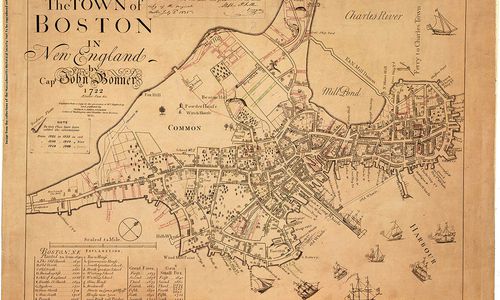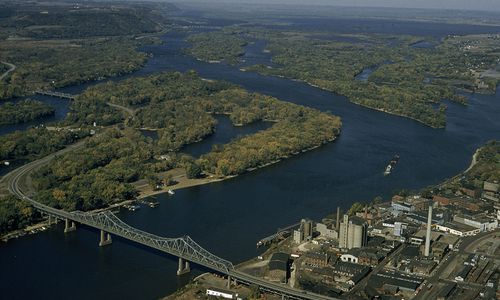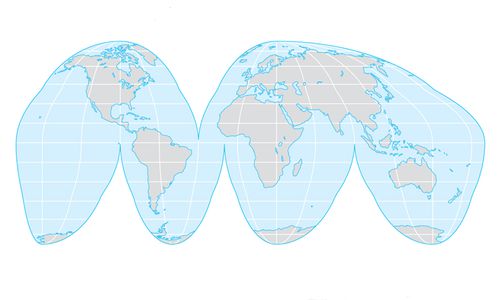COLLECTIONS
MAP SKILLS FOR ELEMENTARY STUDENTS
Spatial Thinking in Grades PreK - 6
Spatial Thinking and Maps Skills in Young Children
Spatial thinking allows students to comprehend and analyze phenomena related to the places and spaces around them—and at scales from what they can touch and see in a room or their neighborhood to a world map or globe. Spatial thinking is one of the most important skills that students can develop as they learn geography, Earth, and environmental sciences. It also deepens and gives a more complete understanding of history and is linked to success in math and science. Young students also enhance their language skills as they collaborate and communicate about spatial relationships. Students who develop robust spatial thinking skills will be at an advantage in our increasingly global and technological society.
This collection can help you teach an assortment of map skills through activities that address the spatial thinking abilities of young children and developmental appropriateness. The collection is not intended to be a complete map skill program, and the activities can be adapted for higher or lower grades. Click here for a downloadable summary of all activities and the learning objectives and spatial thinking concepts targeted in each activity.
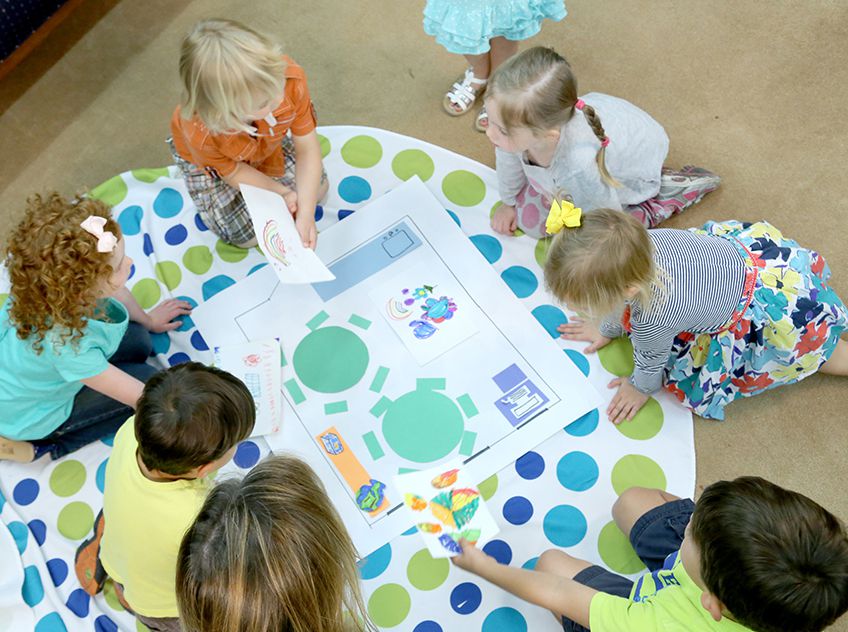
EDUCATIONAL VIDEO
The Cartographer's Dilemma
Making a flat map of a round planet is a challenge all mapmakers have to deal with. Watch this video to learn why every map projection has some distortion.
Maps of Familiar Places
Introduce young students to the concept of maps as representations of places with these community maps.
Introduce young students to the concept of maps as representations of places with this park map.
Introduce young students to the concept of maps as representations of places with this neighborhood map.
Introduce young students to the concept of maps as representations of places with this community map.
Introduce young students to the concept of maps as representations of places with this classroom map.
MapMaker Interactive
Empower your learners to explore Earth’s interconnected systems through a collection of curated basemaps, data layers, and annotation tools.
Model Student Work
View a student-created atlas in this model student work photo gallery.
